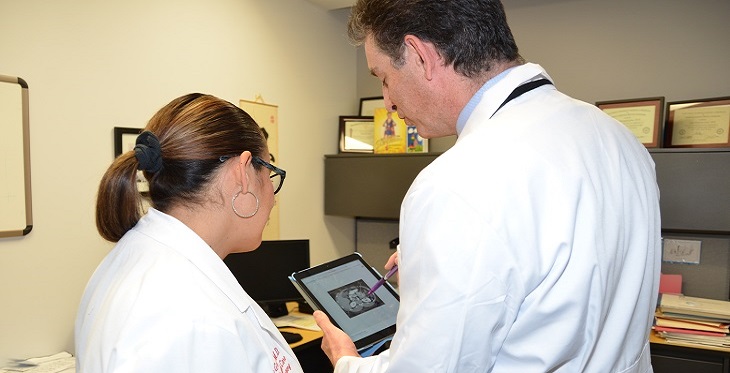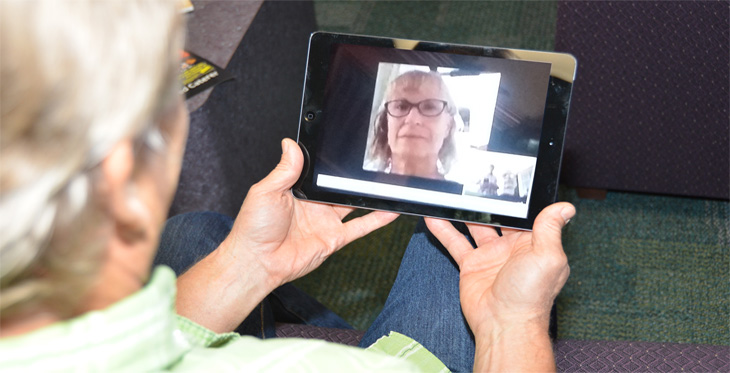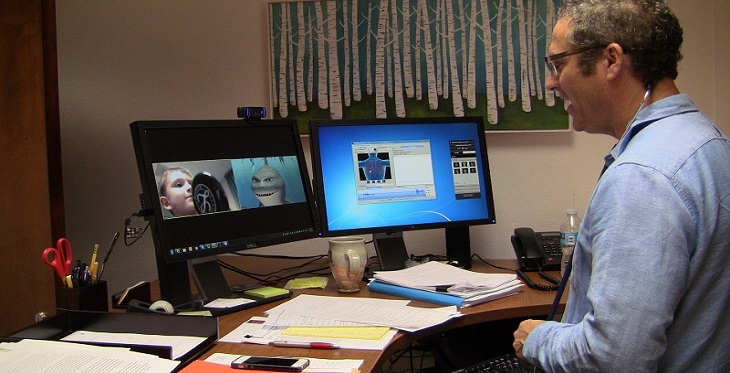Imagine a mother who is juggling two children under the age of five and a full-time hourly wage job. When her child contracts pink eye or a worsening cold or a sinus infection or asthma, she is forced to choose between giving up wages to see the primary care physician or going to the emergency department that is unable to turn her away, even if she cannot pay, after work hours. Many choose the latter option but it is costly and risks additional illness. While retail clinics have closed some of the gap in primary care, telehealth visits have the potential to close even more of the gap. Unfortunately, these visits are rarely covered by private payers and are rarely covered by public payers like Medicare and Medicaid. So, unless the mother can afford $40-55, the telehealth visit, while saving time, will not be utilized.
The Arizona Telemedicine Program Blog, Category: mHealth
Telehealth has been a big buzz word in the healthcare industry over the past couple years. A recent survey by the American Academy of Family Physicians (AAFP) found that 78% of physicians believe telemedicine improves access to care. Another report found 75% of surveyed patients said they would be interested in doing a telemedicine visit in lieu of an in-person medical visit.
There’s clearly momentum behind telehealth. But what many physicians may wonder is - is telemedicine worth it? How will it directly help my practice? Is it worth the initial time and investment?
In Dr. Ricky Ochoa’s view, the Affordable Care Act has had a significant impact in Arizona’s Yuma County. With an unemployment rate nearly four times that of the state – 22 percent versus 6 percent – and high rates of diabetes and heart disease, Yuma County, in southwestern Arizona, faces a critical need for access to health care.
“The point of the Affordable Care Act is to increase access to quality medical care for patients and lower costs,” said Dr. Ochoa, a 2002 graduate of the University of Arizona College of Medicine in Tucson, and medical director of Yuma Regional Medical Center’s Family Medicine Center.
I am an assistant professor at the University of Arizona, College of Nursing, a full-time position that includes research in my chosen field of health care systems and informatics, in which I have a PhD.
I also work one day a week as a hospice nurse, providing palliative care, which is focused on comfort and quality of life for patients nearing the end of life.
The “hands-on” care that is the hallmark of palliative care is often perceived to be in opposition to the “hi-tech” world of informatics. My recent experiences have shown that’s not the case.
Each weekday morning at 20 Tucson elementary schools, more than 260 children with asthma report to their school nurse or health aid. Each child is given their own corticosteroid inhaler, inhales the medication, then returns to class.
The children are part of a multi-year, NIH-funded study of an asthma prevention program that is school-based for a number of reasons. The study was launched in the fall of 2014 in 20 schools in the Tucson Unified School District (TUSD).




